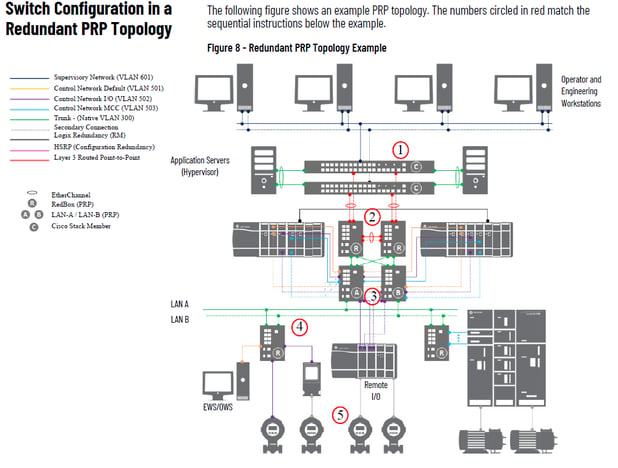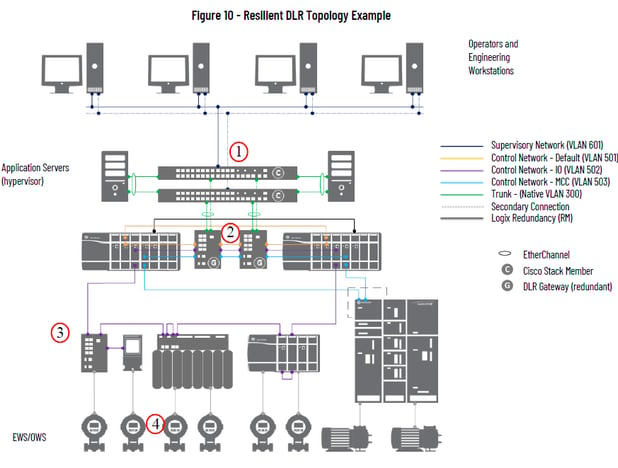Distributed Control System
DCS - Distributed control systems: DCS are computerized systems used to automate and manage industrial operations, especially continuous ones like electricity generation or chemical manufacture. A DCS increases reliability and lowers installation costs by distributing control functions across several independent controllers, in contrast to centralized control systems.
What is the major difference between DCS & a simple PLC with SCADA System ?
In reality, a distributed control system is a packaged system that includes PLCs, servers, clients, SCADA application software, engineering stations, licenses, and other components.
Here, DCS PLC is very capability of handling numerous Applications and high data processing.
where as PLC can control a specific small & medium process or a application with some limitations. like handing I/O's in hundreds where as DCS PLC can control couple of thousand of I/O's
Went comes to Process execution time PLC is faster then a DCS PLC/Controller.
DCS Architecture - Redundant PRP( Reference from Rockwell Automation)


DCS Architecture - DLR ( Reference from Rockwell Automation)


What is DLR Technology
The Open DeviceNet Vendors' Association (ODVA) defines the EtherNet/IP protocol known as Device Level Ring (DLR). In a ring-based network, DLR offers a way to identify, control, and recover from individual faults.
What is PRP Technology
The international standard IEC 62439-3 defines the Parallel Redundancy Protocol (PRP), which offers high availability in Ethernet networks. By sending duplicate frames to two separate network infrastructures, LAN-A and LAN-B, PRP technology produces seamless redundancy.
